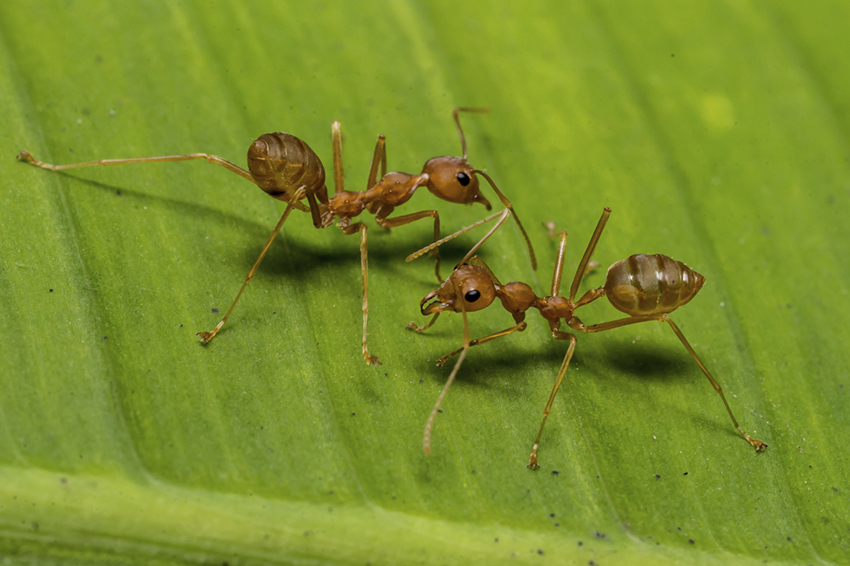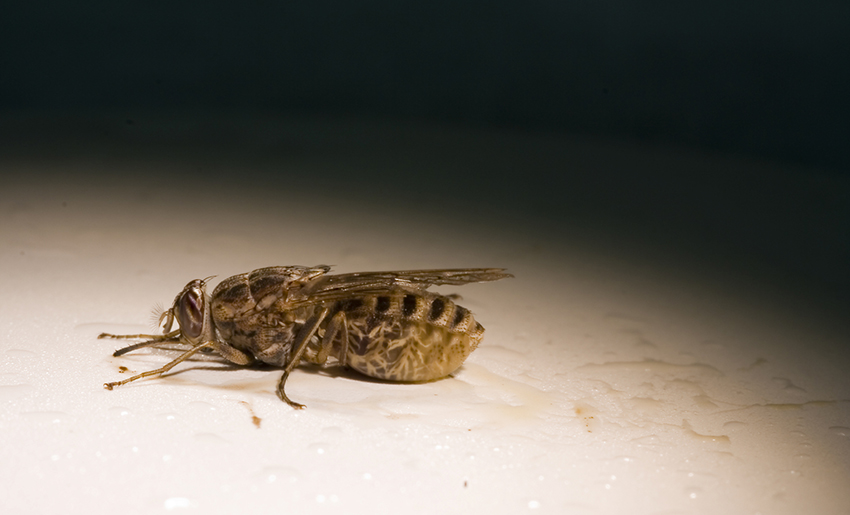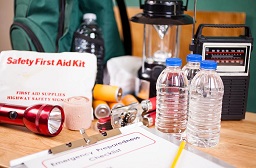6 Bugs Travelers in the United States Should Know About
Before you embark on a wilderness adventure while traveling in the USA, learn to protect yourself from these insects and bugs you may find along the way.
 Photo © iStock/BallBall14
Photo © iStock/BallBall14
Warning: You're probably not going to like reading this any more than I liked researching it, but soldier on to find out how to stay safe from these suckers and biters.
Kissing bugs
Where: These nocturnal bloodsuckers are a problem throughout the Americas, from the United States to Argentina.
How they bug you: Kissing bugs can carry Chagas disease, which may produce symptoms like fever, fatigue, rashes, diarrhea and vomiting, and lead to heart and intestinal complications decades later. About 14,000 people die each year from Chagas disease.
How to protect yourself: Kissing bugs are found in old, rural, substandard dwellings, so look for streaks of feces on the walls and check cracks and crevices for signs of their whitish, pinkish eggs. If you think you have been bitten - it's usually painless and occurs around the mouth or eyes - DO NOT rub the bite. The parasite that causes Chagas disease is in the bugs' poop, not its saliva, so carefully wash the area to prevent the feces from getting into the puncture wound. If you think you've been infected, see a doctor.
Fire, bullet and driver ants
Where: Fire ants - United States, South America, China and Australia; bullet ants - rainforests of Central and South America; driver ants - Africa and tropical Asia.
How they bug you: These little buggers can inflict some serious pain. In fact fire and bullet ants get their names from what their stings feel like. Fire ant stings leave a painful, irritable bump which can easily become infected, and the venom can be fatal to those with allergies, so be sure to carry an epinephrine injector if you fall in that category.
How to protect yourself: Avoid them - don't disturb ant hills, wear high socks or long pants when hiking, immediately brush them off before they have a chance to deliver a sting or bite.
Fleas
Where: Just about anywhere that isn't super cold or super hot.
How they bug you: While they're mostly just a nuisance, fleas can spread bacterial and viral diseases, including the plague. Their bites can also cause an allergic reaction, while scratching your bites can lead to infections.
How to protect yourself: In wilderness areas, use an insect repellent (20-30 percent DEET) and/or permethrin-treated clothing; wear closed-toe shoes; don't feed or touch wildlife, particularly squirrels and other rodents; don't pitch tents near rodent burrows or possible rodent habitats like woodpiles or dense brush. Calamine lotion, ice or cold water can help relieve the itching of flea bites.
Ticks
Where: They like countries with warm, humid conditions, but you'll find them anywhere you find deer.
How they bug you: Tick-borne illnesses include Lyme disease, Rocky Mountain spotted fever, African tick bite fever, encephalitis, and paralysis. Yeah, they're nasty.
How to protect yourself: Like flea defense (above), use DEET insect repellent and permethrin-treated clothing. Bathe or shower as soon as you can after being in a tick-infested area and give yourself a thorough inspection. Give your gear the once-over, too, in case there's an unwanted hitchhiker. To remove a tick, use tweezers to grab it as close to the skin as possible and pull upward with steady, even pressure. Then clean the area and your hands with rubbing alcohol, an iodine scrub or soap and water. DO NOT crush the tick with your fingers.

Tsetse flies
Where: Sub-Saharan Africa.
How they bug you: Not just the figment of screenwriters' imaginations, African sleeping sickness is a parasitic disease spread by the tsetse fly. It causes fatigue, fever, headaches and body aches; if not treated, it can be fatal.
How to protect yourself: Keep skin covered with neutral-colored, medium weight clothing (the flies are attracted to bright and dark colors and can bite through thin fabric). Use insect repellent and permethrin-treated clothing. Stay in screened or air-conditioned rooms.

Asian giant hornet
Where: Eastern Asia, particularly rural Japan.
How they bug you: Nearly 2 inches in length, with a 3-inch wingspan, and quarter inch-long stingers, these bad girls (the male drones lack a stinger) can deliver a heavy dose of venom. Dozens of people are killed each year by the hornets.
How to protect yourself: You can't outrun these behemoths, so if you are attacked, DO NOT run. They like the thrill of a moving target so crouch low to the ground and try to cover up. They don't usually sting without reason, though, so stay away from their nest.
Related articles
Simple and flexible travel insurance
You can buy at home or while traveling, and claim online from anywhere in the world. With 150+ adventure activities covered and 24/7 emergency assistance.
Get a quote
No Comments